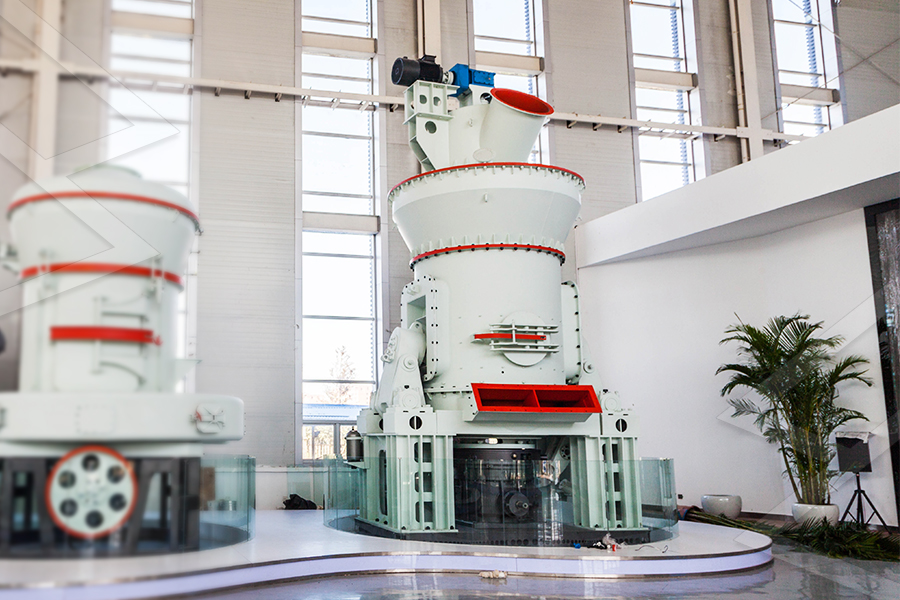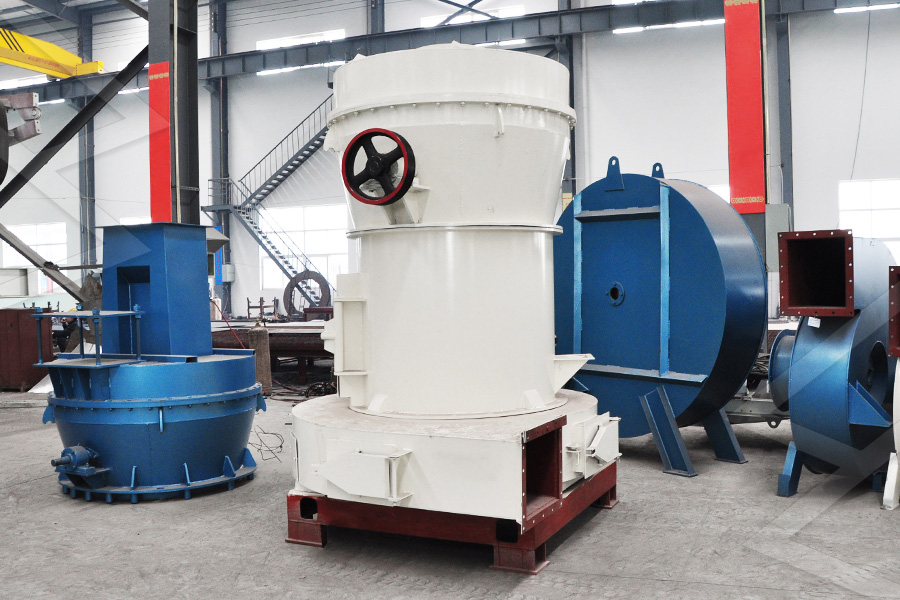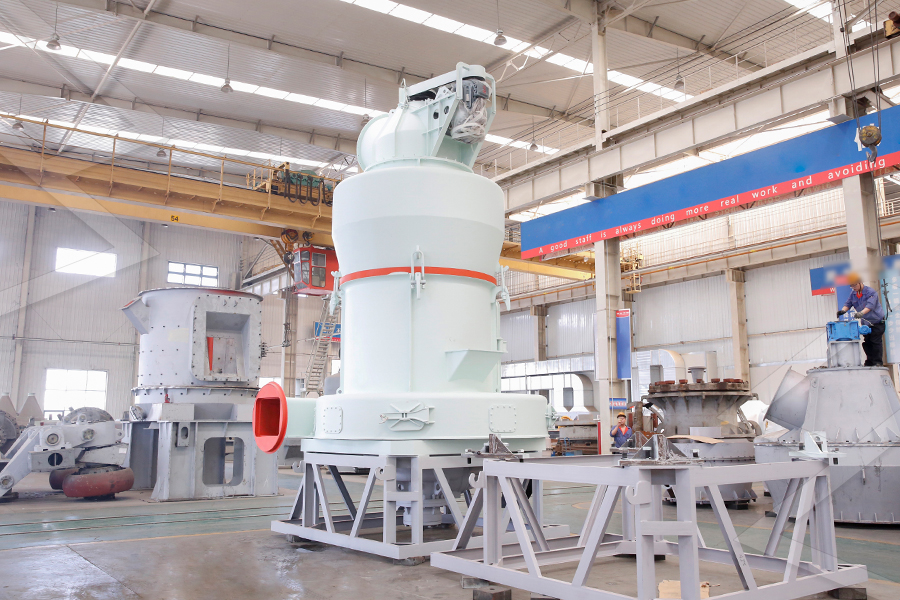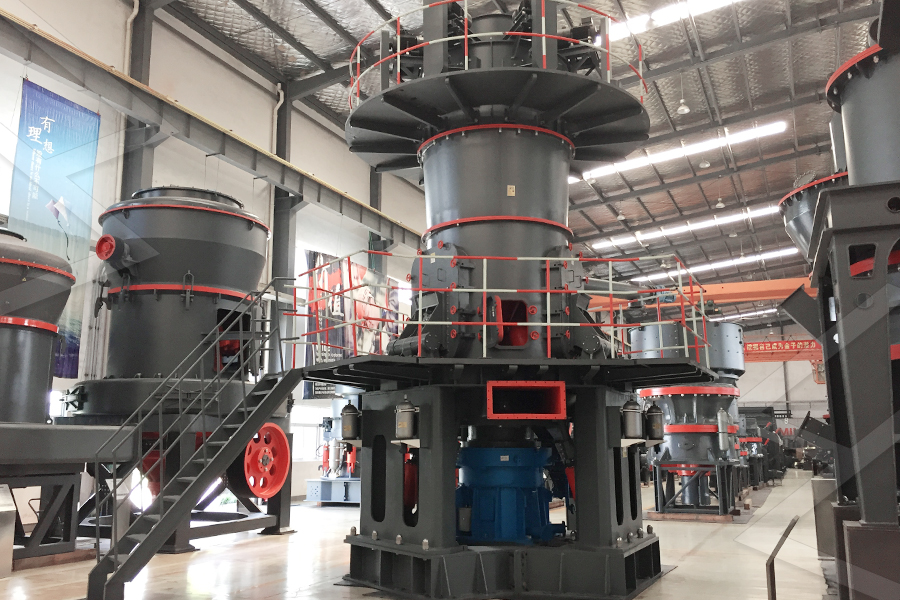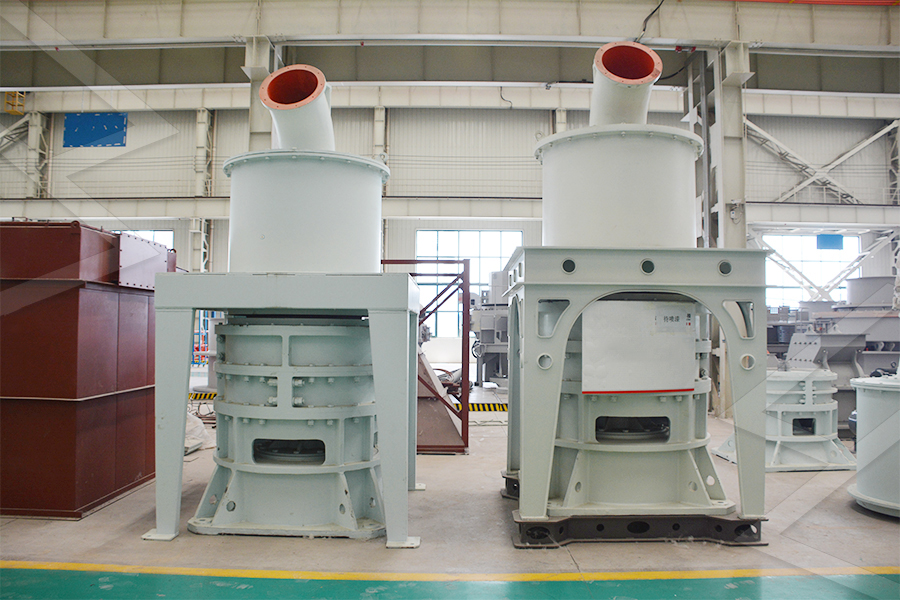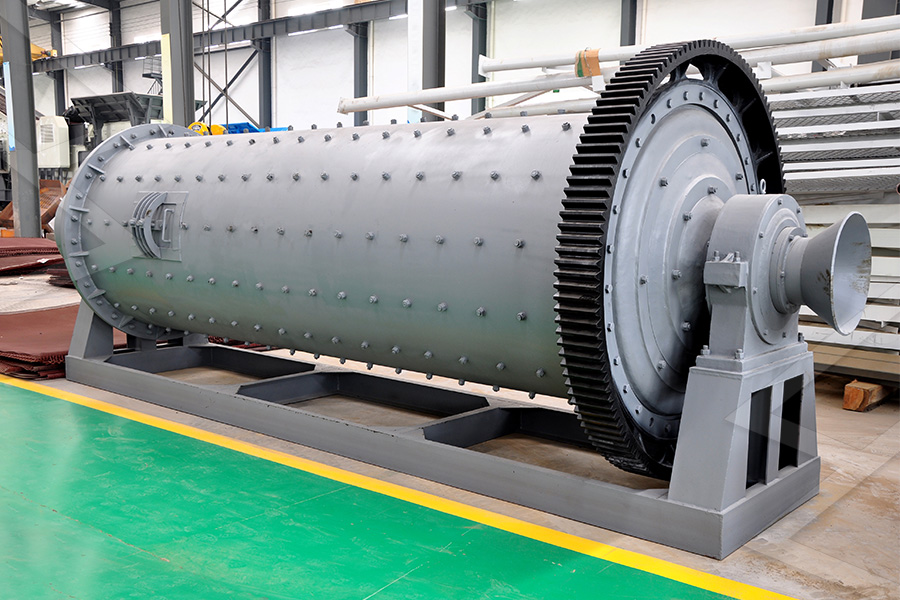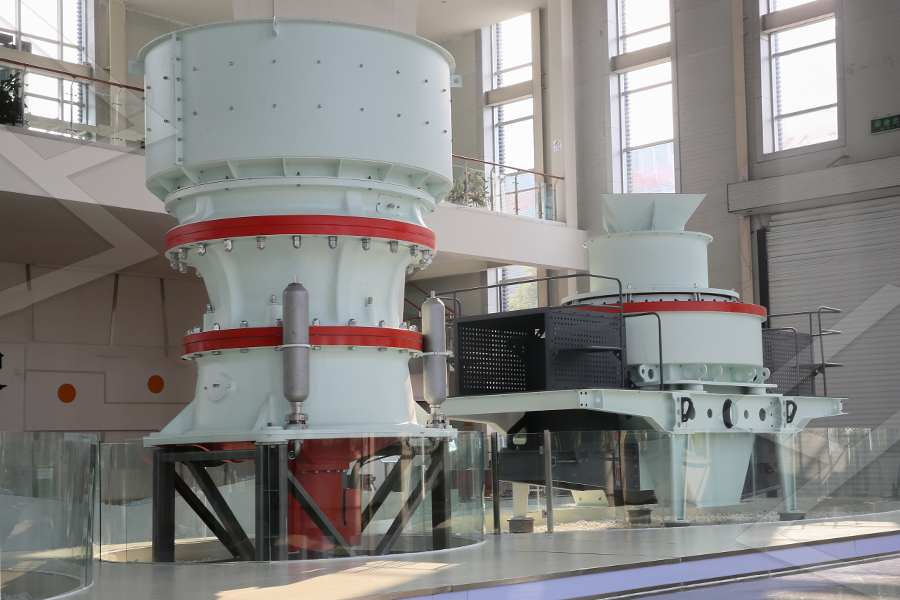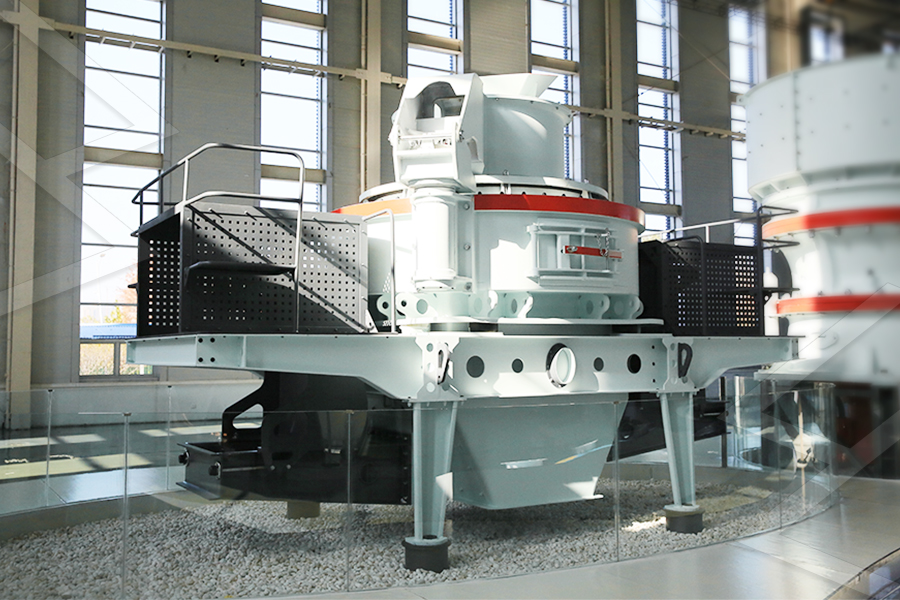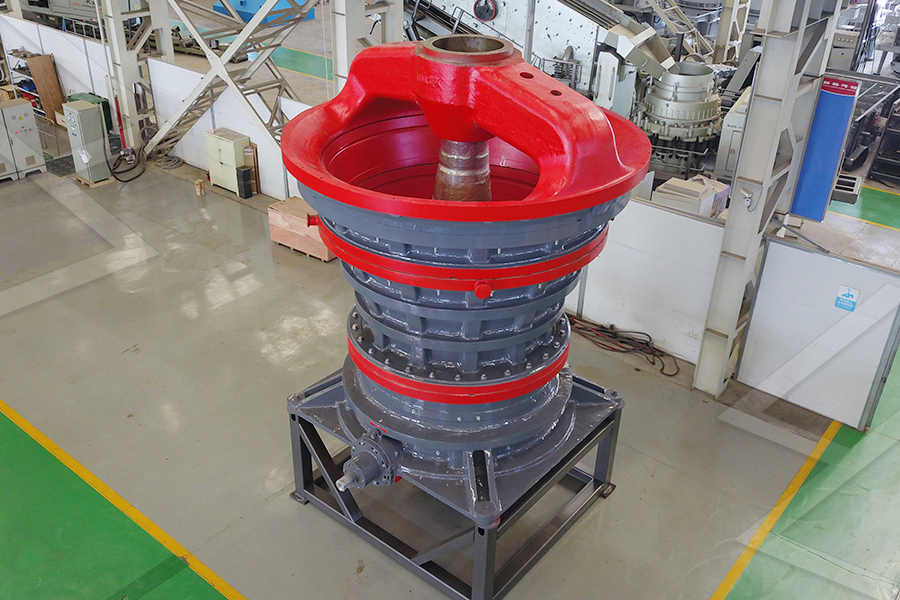Challenges and Community Engagement
One challenge was varying moisture content in marble waste (higher during rainy seasons), which caused feeding issues. The solution was installing a dehumidifier before the dryer, ensuring moisture content is consistent. Another challenge was community concern about dust emissions—addressed via regular environmental monitoring reports (shared with local authorities) and public tours of the facility to demonstrate dust control measures.
This marble grinding project exemplifies how non-metallic mineral processing can support circular economy goals, turning waste into a valuable resource for the construction industry while delivering environmental and economic benefits.
Carbon Black Grinding Project for Rubber Reinforcement (3 TPH, 350 Mesh)
Carbon black (a form of amorphous carbon) is a critical additive in rubber products, particularly tires—providing reinforcement, wear resistance, and UV protection. This article details a carbon black grinding project in Ohio, USA—a major rubber manufacturing hub—producing 350-mesh carbon black powder at 3 TPH for a tire manufacturer. The project focuses on achieving uniform particle size, a key factor in rubber performance.
Project Requirements and Rubber Industry Standards
Tires require carbon black with precise particle size (30-50 μm, equivalent to 350 mesh) because: (1) Finer particles increase surface area, enhancing rubber reinforcement (tensile strength improves by 20-30%); (2) Uniform particle size ensures consistent dispersion in rubber (agglomeration causes weak spots).
The tire manufacturer specified N330-grade carbon black (a common grade for passenger tires) with a iodine adsorption number of 82 mg/g (a measure of surface area) and a dibutyl phthalate (DBP) absorption number of 102 cm³/100g (a measure of structure). The 3 TPH capacity matches the manufacturer’s daily tire production (72 tons of carbon black per day, enough for 15,000 passenger tires).
The tire manufacturer specified N330-grade carbon black (a common grade for passenger tires) with a iodine adsorption number of 82 mg/g (a measure of surface area) and a dibutyl phthalate (DBP) absorption number of 102 cm³/100g (a measure of structure). The 3 TPH capacity matches the manufacturer’s daily tire production (72 tons of carbon black per day, enough for 15,000 passenger tires).
